Disclosure: This article contains affiliate links. We may earn a commission from purchases at no extra cost to you, which helps our travel content.
The first time I stood at the edge of Nairobi National Park, watching a tower of giraffes silhouetted against the city skyline, I understood why Kenya's capital deserves its nickname: 'The Green City in the Sun.' This metropolis exists in fascinating duality—a bustling urban center where skyscrapers rise in the distance while lions roam just minutes away. It's this juxtaposition that makes Nairobi uniquely captivating. After five visits spanning nearly a decade, I've developed a deep appreciation for how this city balances its wild heart with cosmopolitan energy. Whether you're tracking rhinos in the morning and sipping craft cocktails by evening, or connecting with local artisans before witnessing the raw power of a cheetah's sprint, Nairobi offers experiences that resonate with the same primal wonder I first felt watching geothermal eruptions as a child in Japan. This winter, I returned for a week of solo exploration, rediscovering why Nairobi remains unmatched as Africa's safari capital with urban flair.
Nairobi National Park: Where Wilderness Meets Metropolis
Imagine tracking a pride of lions with your morning coffee still warm in your system, all while the silhouette of skyscrapers forms a surreal backdrop. This is the reality of Nairobi National Park, the world's only national reserve bordering a capital city.
On my third day in Nairobi, I rose before dawn, packed my binoculars and headed to the park entrance. The early start paid dividends almost immediately. Just twenty minutes in, our 4x4 rounded a corner to find three lionesses lounging on a rocky outcrop, their golden coats catching the first rays of sunlight. The proximity to such magnificent predators with the city skyline visible in the distance creates a photographic juxtaposition unlike anywhere else on earth.
The park's compact 117 square kilometers packs remarkable biodiversity. During my six-hour game drive, I encountered black rhinos (part of a successful conservation program), giraffes browsing acacia trees, zebras moving in dazzling patterns across the savanna, and over 400 bird species that had me constantly reaching for my camera.
What struck me most was the accessibility. Unlike the remote Maasai Mara requiring days of commitment, Nairobi National Park offers an authentic safari experience that can be completed in half a day, leaving time for other adventures. This efficiency doesn't diminish the experience—I've been on safaris across Eastern Africa, and the wildlife sightings here rival many more famous reserves.
The park's proximity to the city creates a poignant reminder of our relationship with wildlife. As herds of buffalo graze with office buildings shimmering in the heat haze beyond, you're witnessing the delicate balance between human development and natural conservation—a visual metaphor for one of Kenya's greatest ongoing challenges.
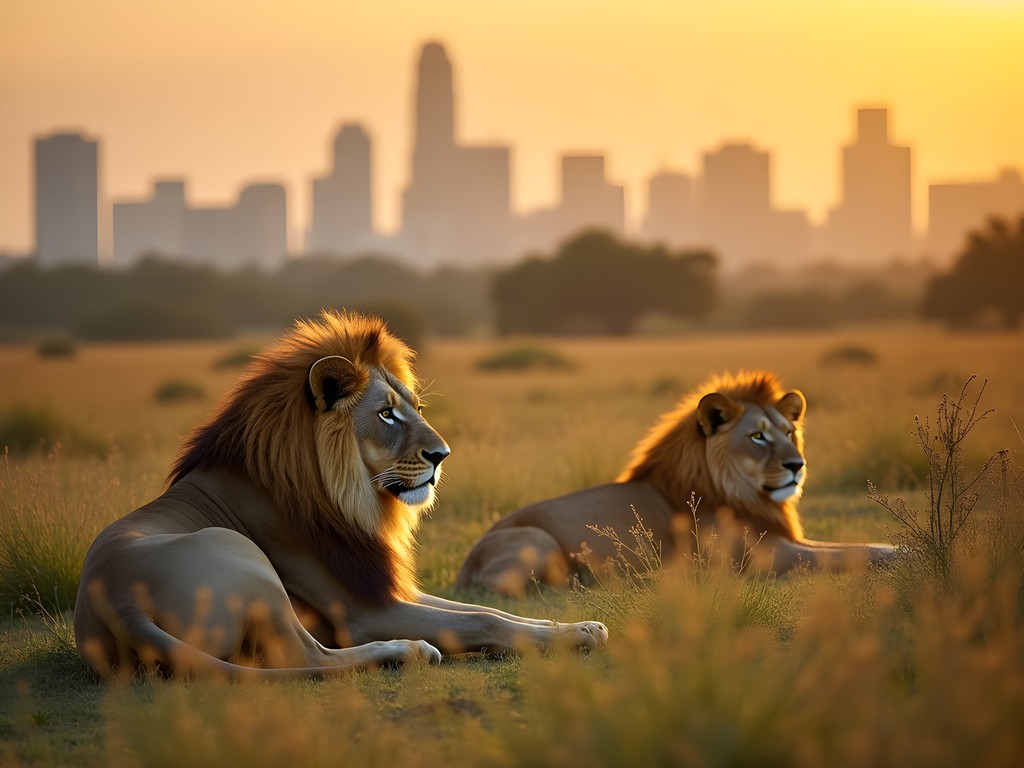
💡 Pro Tips
- Book the first entry slot (6:00 AM) for the best predator sightings when animals are most active
- Hire a knowledgeable guide with a proper 4x4 vehicle rather than self-driving—they know the latest animal locations
- Pack layers—mornings start cool but temperatures rise quickly by mid-morning
The Giraffe Centre: Eye-to-Eye With Giants
There's something profoundly humbling about meeting the gaze of a giraffe at eye level. At the Giraffe Centre in Nairobi's Langata suburb, this rare perspective becomes reality, offering an intimate connection with these gentle giants that changed how I view wildlife encounters.
The Centre, established to protect the endangered Rothschild's giraffe, stands as a conservation success story. When I visited on a quiet Tuesday afternoon, I arrived with my mirrorless camera ready, expecting a typical wildlife viewing. What I experienced instead was a masterclass in conservation education.
From an elevated platform, visitors can hand-feed these magnificent creatures, feeling the surprising roughness of their purple-black tongues as they delicately pluck pellets from your palm. The center's knowledgeable guides shared insights about giraffe behavior, conservation challenges, and success stories that brought these animals back from the brink.
Beyond the feeding experience, the Centre features educational exhibits and a nature sanctuary with walking trails. I spent nearly an hour watching a mother giraffe and her calf interact in the adjacent forest, their graceful movements a reminder of nature's elegant design.
What elevates the Giraffe Centre beyond tourist attraction is its commitment to local education. During my visit, a school group from Nairobi arrived, and watching Kenyan children connect with their natural heritage—some encountering giraffes up-close for the first time—underscored the Centre's vital role in fostering the next generation of conservation advocates.
The experience resonated with my belief that environmental education must be experiential. Just as my childhood encounters with geothermal wonders in Japan shaped my lifelong fascination with natural phenomena, these children's direct engagement with wildlife might inspire future conservationists.
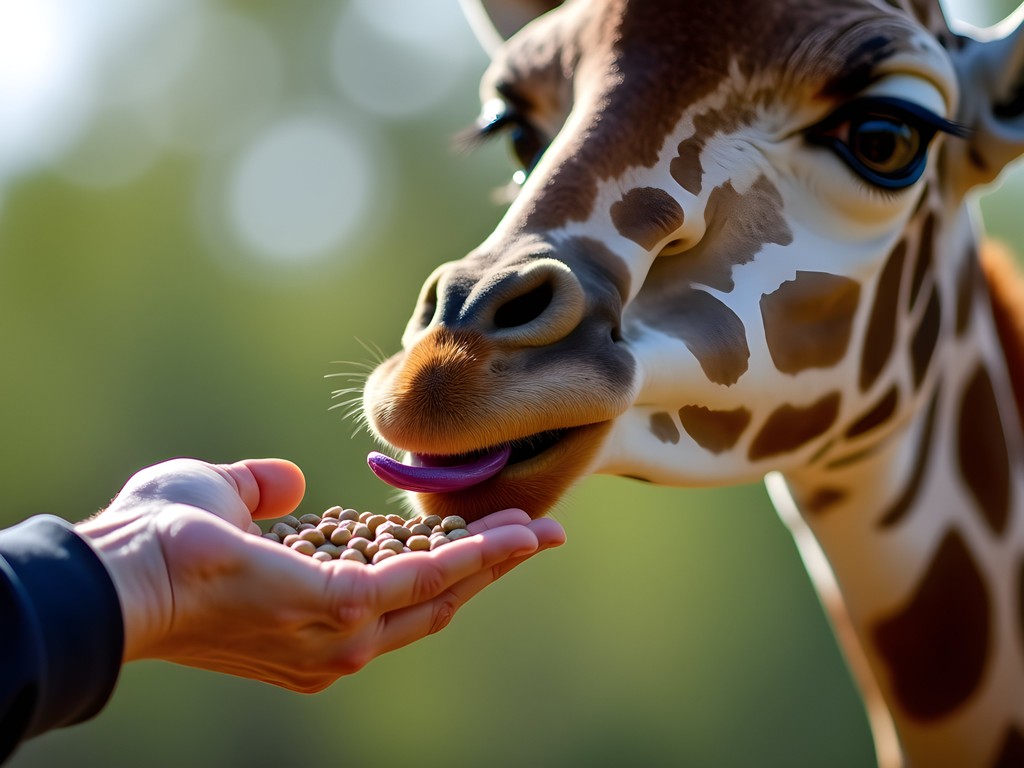
💡 Pro Tips
- Visit on weekday mornings to avoid crowds and when giraffes are most active
- Bring hand sanitizer—giraffe feeding is a messy but rewarding experience
- Allow time to walk the nature sanctuary trails for bird watching opportunities
Karura Forest: Urban Wilderness Sanctuary
In the northern suburbs of Nairobi lies 1,000 hectares of unexpected tranquility: Karura Forest. This urban wilderness sanctuary offers a powerful reminder that cities and nature can coexist—a philosophy I've sought in metropolises worldwide, from Tokyo's hidden gardens to Montreal's Mount Royal Park.
My connection to Karura began on my second morning in Nairobi. Seeking respite from the city's energetic pace, I laced up my trail runners and headed to the forest entrance. Armed with a detailed trail map and my hydration pack, I embarked on what would become a 12-kilometer journey through remarkably diverse ecosystems.
The forest's network of well-maintained trails leads to hidden waterfalls, caves once used by Mau Mau freedom fighters, and wetlands teeming with birdlife. The Karura River waterfall, though modest in height, creates a peaceful amphitheater of sound as it cascades into a pool surrounded by indigenous trees. I spent nearly an hour beside it, watching sunlight filter through the canopy while monkeys chattered overhead.
What makes Karura particularly special is its conservation story. The forest was nearly lost to development in the late 1990s until environmental activist and Nobel Peace Prize winner Wangari Maathai led protests to protect it. Today, it stands as a living monument to grassroots environmental activism and community management.
For runners and fitness enthusiasts, Karura offers an ideal training ground. I encountered local athletes on their morning workouts, navigating the undulating trails with impressive speed. As someone who's completed marathons across three continents, I immediately added Karura to my list of world-class urban running destinations.
The forest café near the main entrance provides a perfect conclusion to any visit, serving Kenyan coffee and light meals with views of a small waterfall. Here, I struck up conversation with local environmental science students conducting field research—a reminder that Karura serves not just as recreational space but as a living laboratory for Kenya's next generation of conservationists.
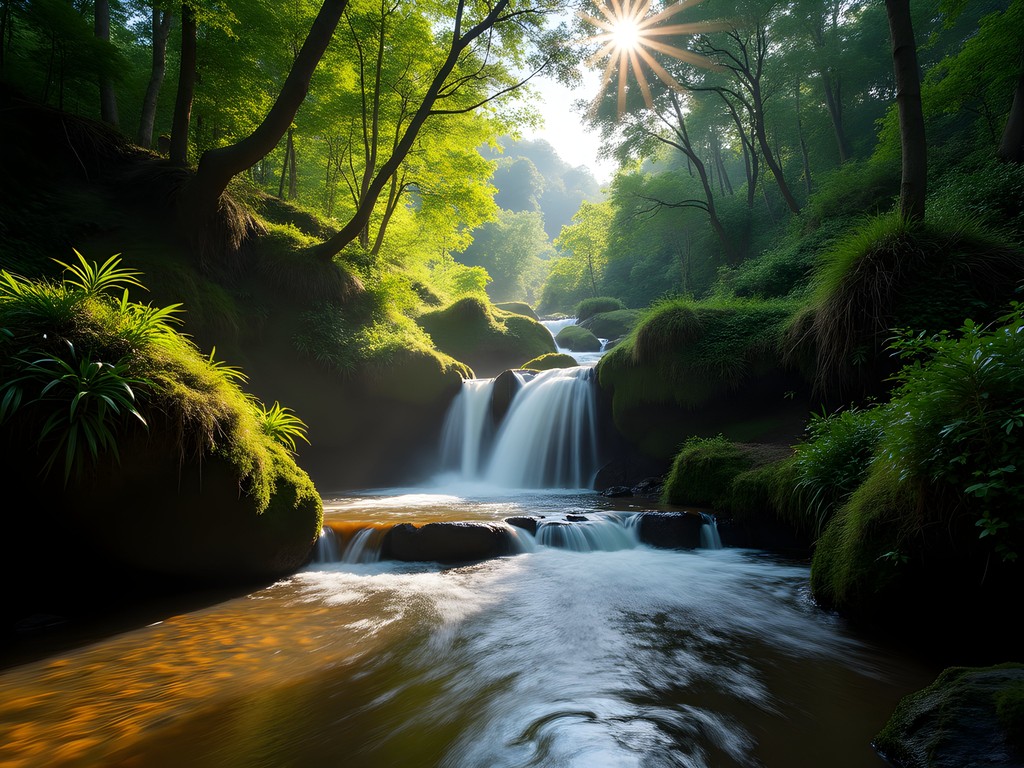
💡 Pro Tips
- Visit early morning (opens 6:00 AM) for the best wildlife viewing and comfortable temperatures
- The 'Karura Forest Experience' trail (approximately 12km) hits all major attractions in one comprehensive loop
- Carry cash for the modest entry fee (around 600 KSH for non-residents) as card payment isn't always reliable
David Sheldrick Wildlife Trust: The Elephant Guardians
Few wildlife encounters have affected me as deeply as my afternoon with the orphaned elephants at the David Sheldrick Wildlife Trust. Located near Nairobi National Park, this world-renowned elephant orphanage represents conservation at its most heartfelt and effective.
The Trust opens to visitors for just one hour daily (11 AM to noon), a schedule designed around the elephants' needs rather than tourism convenience. I arrived early, securing a spot along the rope barrier of the red earth enclosure where the elephant calves would soon appear. The anticipation among visitors was palpable—a mix of excited whispers and camera preparations.
When the first group of elephant orphans came trotting out, led by their keepers, the crowd collectively caught their breath. These young elephants, many rescued after losing their mothers to poaching or drought, displayed a childlike curiosity and playfulness that transcended species barriers. Watching them splash in mud pools, playfully chase one another, and interact with their human caregivers offered a window into elephant intelligence and emotional complexity.
What elevates the experience beyond typical wildlife tourism is the Trust's educational approach. During the visit, keepers share each elephant's rescue story—often harrowing tales of trauma and resilience. They explain the rehabilitation process and the ultimate goal: reintroducing these elephants to wild herds in Tsavo National Park when they're ready.
I was particularly moved by the story of Luggard, an elephant calf who survived bullet wounds and now thrived despite a permanent limp. His determination mirrored the Trust's unwavering commitment to each animal in their care.
For those seeking a deeper connection, the Trust offers a foster program. After much deliberation, I became a foster parent to a young elephant named Nabulu, receiving regular updates about her progress. My binocular harness allowed me to keep my optics secure while still capturing photos of her distinctive ear patterns and playful personality—details I'll follow in updates as she grows.
The Trust's founder, Dame Daphne Sheldrick, pioneered the milk formula and husbandry techniques that have saved hundreds of elephant orphans. Though she passed away in 2018, her legacy continues through this remarkable organization that demonstrates how compassionate conservation can succeed even against seemingly impossible odds.

💡 Pro Tips
- Book your visit online in advance—the daily viewing hour often sells out, especially during peak tourist season
- Position yourself near the entrance path before the elephants arrive for the best unobstructed views
- Consider the foster program (starting at $50 annually) for a meaningful way to support conservation efforts
Maasai Market: Cultural Immersion Through Artistry
Between wildlife encounters, Nairobi offers rich cultural experiences that provide context for Kenya's natural heritage. The Maasai Market—a rotating open-air marketplace that appears in different locations throughout the week—stands as my favorite urban adventure in the city.
I visited the Tuesday market at The Village Market mall in Gigiri, arriving around 10 AM when vendors were still arranging their colorful displays. Unlike static tourist shops, the Maasai Market pulses with authentic energy—a kaleidoscope of handcrafted jewelry, textiles, carvings, and art that represents traditions from across Kenya's 44 tribes.
The market operates on a principle fundamental to Kenyan culture: the negotiation. My first purchase—a set of hand-carved wooden animals—involved a friendly but spirited bargaining session with a Kikuyu artisan named Joseph. What began as a transaction evolved into a conversation about his techniques, training, and the symbolism behind different animal representations in Kenyan cultures.
My approach to markets worldwide has always been to seek connection rather than just acquisition. By showing genuine interest in craftsmanship, I've found artisans eagerly share knowledge that transforms souvenirs into meaningful cultural artifacts. At one stall, a Maasai woman named Esther demonstrated traditional beading techniques used in the intricate collar necklaces displayed on her table—each color and pattern carrying specific meaning within Maasai culture.
Beyond traditional crafts, the market showcases contemporary Kenyan creativity. I discovered a young artist creating stunning mixed-media pieces incorporating recycled materials with traditional motifs—a perfect reflection of Kenya's blend of heritage and forward-thinking innovation.
To navigate the market comfortably, I relied on my crossbody bag, which kept my essentials secure while leaving hands free for examining crafts and taking photos. The market's sensory richness—vibrant colors, the scent of carved olive wood, conversations in multiple languages—creates an immersive experience that reveals Nairobi's multicultural identity.
While wildlife may draw most visitors to Kenya, these cultural exchanges provide essential context. Understanding the artistic traditions, conservation ethics, and community values of Kenya's people creates a more meaningful connection to the landscapes and creatures that make this country extraordinary.
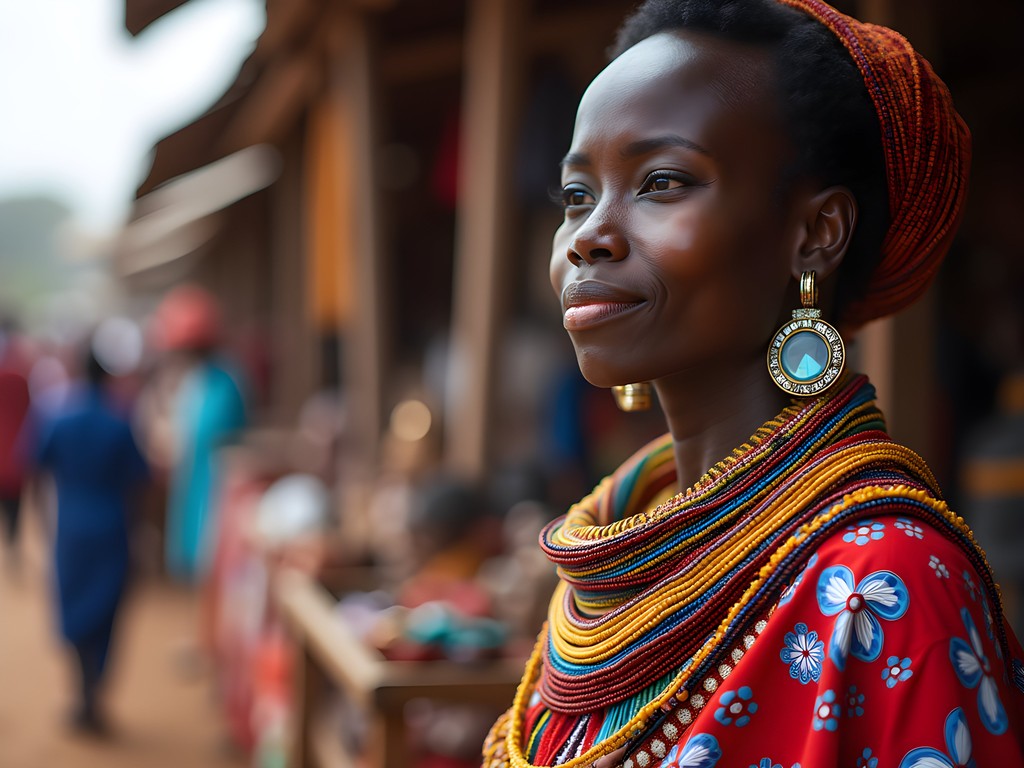
💡 Pro Tips
- Research the market's rotating schedule—Tuesday (Village Market), Wednesday (Capital Center), Thursday-Friday (Junction Mall), Saturday-Sunday (Nairobi Law Courts parking)
- Visit early for the best selection or late afternoon for better bargaining leverage
- Start negotiations at about 50% of the initial asking price, but always bargain with respect and good humor
Nairobi Food Scene: From Bush Meals to Urban Gastronomy
My relationship with any destination is inevitably shaped through its food, and Nairobi offers a culinary landscape as diverse as its ecosystems. From traditional Kenyan staples to sophisticated fusion cuisine, the city's restaurants reveal its position as East Africa's cosmopolitan hub.
My gastronomic exploration began at Carnivore, the legendary open-air restaurant where game meats are roasted on traditional Maasai swords over an enormous charcoal pit. While the restaurant no longer serves actual wildlife (conservation laws now prohibit this), the theatrical dining experience remains a Nairobi institution. Servers continuously circle the tables, carving portions of ostrich, crocodile, and camel directly onto your plate until you surrender by lowering a small white flag.
For a more refined experience, I spent one evening at Talisman in the Karen neighborhood, where the garden setting and global fusion menu reflect Nairobi's sophisticated side. Their feta and coriander samosas paired with tamarind chutney exemplify the creative culinary blending happening in contemporary Kenyan cuisine.
Most meaningful to me, however, was discovering nyama choma (grilled meat) at the local institutions where Nairobi residents gather. At Roadhouse Grill in Hurlingham, I joined a table of motorsport enthusiasts who, upon learning of my interest in racing, insisted I try their favorite cuts of goat meat served with ugali (cornmeal staple) and kachumbari (tomato and onion salad). The meal became a cultural exchange as animated as the Kenya Rally highlights playing on the restaurant's television.
Coffee culture deserves special mention, as Kenya produces some of the world's finest beans. At Nairobi Coffee House downtown, I participated in a cupping session that highlighted the distinctive bright acidity and berry notes that make Kenyan AA beans sought after by specialty roasters worldwide. I purchased several bags to bring home, along with a handcrafted coffee grinder made by a local artisan—ensuring I could properly enjoy these exceptional beans back in Montreal.
Street food provides another window into local life. At Diamond Plaza food court, I discovered the Indian influence on Kenyan cuisine through crispy bhajias (potato fritters) and the distinctive Kenyan-style biryani that reflects the country's coastal trade history. These culinary crossroads tell the story of Kenya's position at the intersection of African, Arabian, and Indian Ocean cultural exchanges.
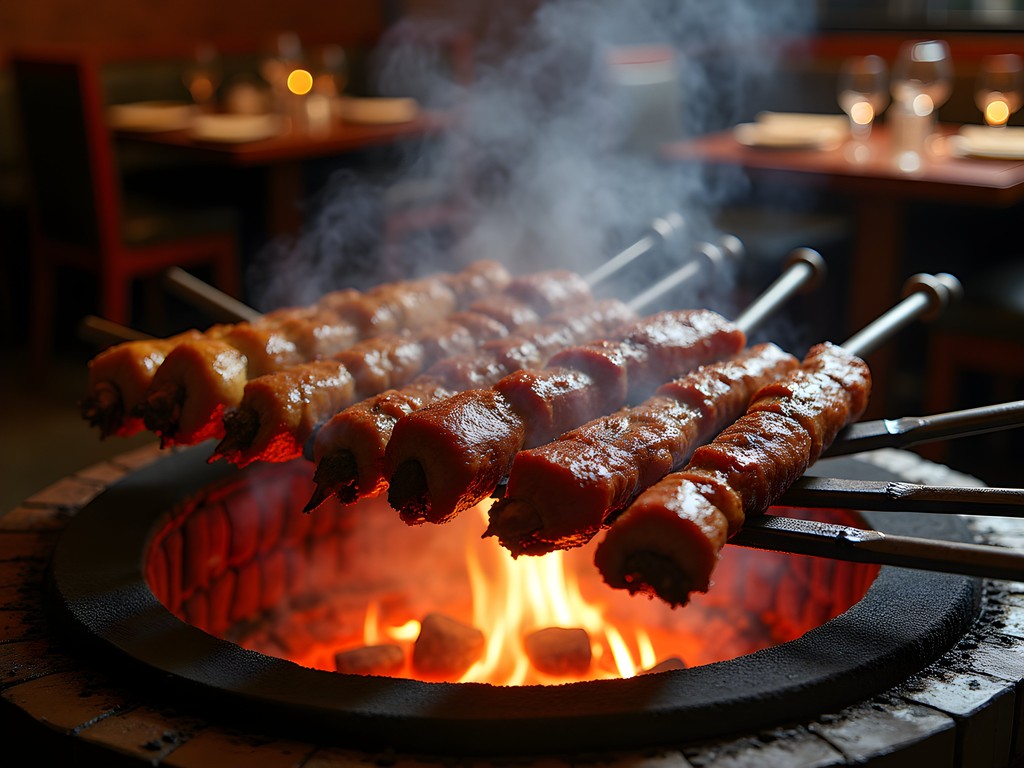
💡 Pro Tips
- Make reservations for popular restaurants like Carnivore and Talisman, especially during high tourist season
- For authentic nyama choma experiences, visit local spots like Roadhouse or K'Osewe in the early evening when they're lively but not overcrowded
- Always confirm whether prices include service charge—some upscale restaurants automatically add 10-15%
Final Thoughts
As my week in Nairobi drew to a close, I found myself at the Kenyatta International Convention Centre observation deck, watching the sunset paint the city in gold while distant acacia trees silhouetted against Mount Kenya's hazy outline. This panorama encapsulated what makes Nairobi extraordinary—a metropolis where urban energy and wild nature exist in dynamic conversation. Whether you're watching elephants with skyscrapers in the background or discussing conservation with local experts over world-class coffee, Nairobi defies categorization. It's precisely this duality that rewards the curious traveler. The city demands presence—a willingness to navigate its contradictions and embrace its rhythm. As you plan your own Nairobi adventure, remember that the most meaningful experiences often emerge in the spaces between scheduled activities: unexpected wildlife sightings, spontaneous conversations with locals, or quiet moments of reflection in urban forests. Nairobi isn't just a gateway to safari adventures—it's a destination worthy of exploration in its own right, a place where wilderness and urbanity create something greater than the sum of their parts.
✨ Key Takeaways
- Nairobi offers authentic wildlife experiences without requiring long-distance travel from the city center
- Conservation success stories like the David Sheldrick Wildlife Trust and Giraffe Centre provide educational experiences beyond typical tourism
- Balance wildlife encounters with cultural experiences like markets and local dining for a more complete understanding of Kenya
📋 Practical Information
Best Time to Visit
January-February (dry season with excellent wildlife viewing)
Budget Estimate
$100-150 USD daily (mid-range accommodations, activities, and meals)
Recommended Duration
5-7 days
Difficulty Level
Moderate


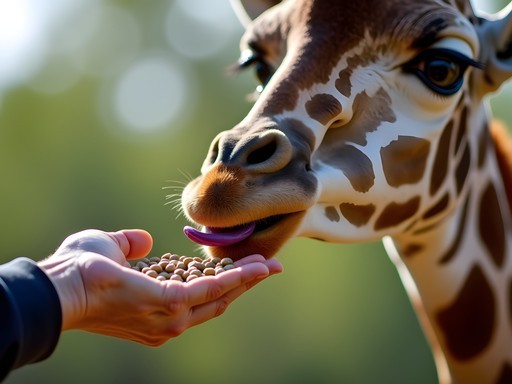
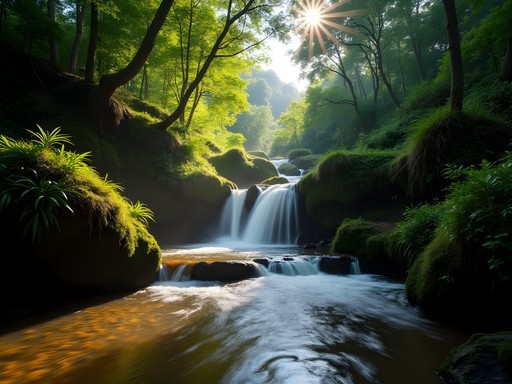


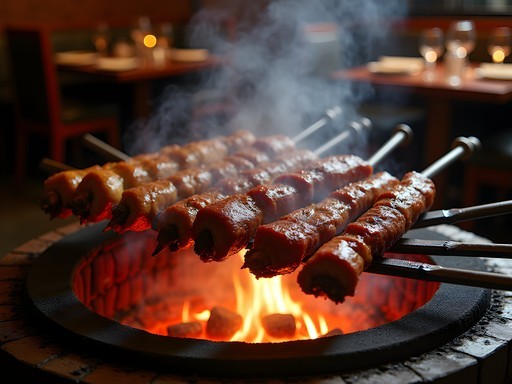



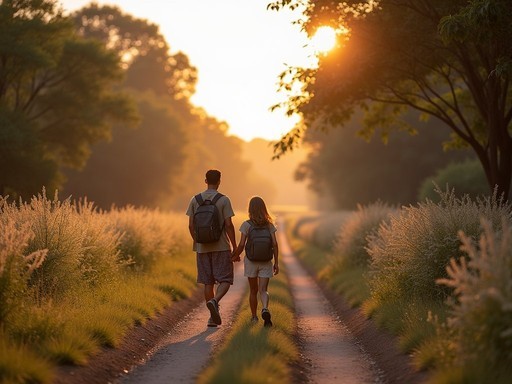
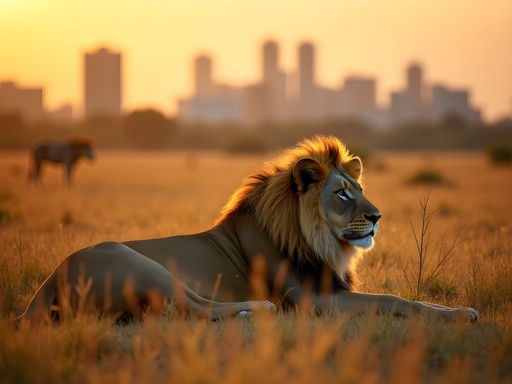
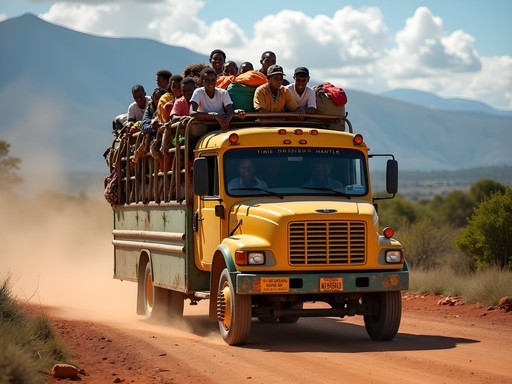

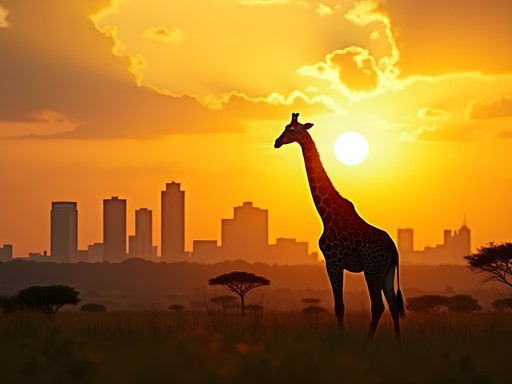

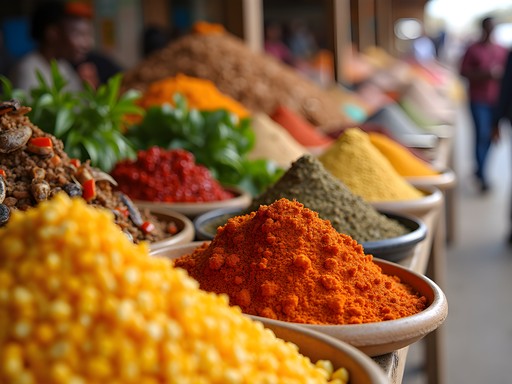
Comments
cityking
Great post! Heading to Nairobi next month for a business trip and will have 2 free days. Is the Giraffe Centre worth the trip? Also a bit worried about safety getting around.
Megan Martin
The Giraffe Centre is absolutely worth it! I was there in June and feeding the giraffes was a highlight of my trip. For getting around, I found Uber to be reliable and affordable in Nairobi - much easier than negotiating with taxis. The David Sheldrick elephant orphanage is also incredible if you can make the 11am viewing time.
cityking
Thanks Megan! Definitely adding both to my list. Did you need to book the elephant orphanage in advance?
Megan Martin
Yes! Book the elephant orphanage online before you go - they limit numbers and it often sells out. Worth every penny though!
Sage Dixon
Great post capturing Nairobi's dual nature! One thing I'd add - the Maasai Market is perfect for souvenirs, but it moves locations throughout the week. Tuesdays it's at The Village Market, Fridays at the Junction Mall, etc. Always negotiate prices (start at 50% of asking) and go with a local if possible. And don't miss Carnivore Restaurant if you're a meat-eater - it's touristy but a fun experience sampling everything from crocodile to ostrich. The Dawa cocktails there are legendary!
roamadventurer
Thanks for the Maasai Market tip! Is bargaining expected or considered rude?
Sage Dixon
Bargaining is absolutely expected! It's part of the culture. Just be respectful and keep it friendly - it's almost like a game. Walking away often gets you the best price too!
nomadway
I never realized you could see wildlife with the city skyline as a backdrop! That's so unique to Nairobi! Is one day enough to see the national park or should I plan for more?
winterphotographer
One day is definitely enough for the park itself! We did a half-day safari and saw lions, giraffes, zebras and rhinos. Start early though - animals are more active in the morning.
Kimberly Murphy
Fantastic guide, Luca! I spent a month in Kenya earlier this year and Karura Forest was my weekend sanctuary. The waterfall hike is perfect for escaping the city buzz. I'd also recommend the Nairobi Railway Museum for history buffs - it's not mentioned here but it's fascinating to see those colonial-era trains. And for anyone worried about gear, my binoculars were perfect for spotting wildlife even from a distance in Nairobi National Park. The lions can be elusive!
journeyvibes
Nairobi looks amazing! Going there next month!
Kimberly Murphy
You're going to love it! Don't miss the David Sheldrick elephant orphanage - try to go for the private afternoon visit if you can book in advance. It's more intimate and you get more time with the elephants. I was moved to tears watching the keepers with the baby ellies!
wanderlustrider
Those sunset photos from KICC are STUNNING! 😍 Adding this to my bucket list right now!
winterphotographer
Just got back from Nairobi last month and the Giraffe Centre was the highlight of my trip! Getting that close to giraffes was incredible - I got some amazing photos when they bent down to take food pellets from my hand. Pro tip: arrive early (before 9am) to avoid the tour bus crowds. Also, the cafe there serves surprisingly good coffee with a view of the sanctuary!
roamadventurer
Great post! How safe is it to use public transport to reach these places? I'm planning a solo trip in November and wondering if I should just book organized tours instead.
Sage Dixon
I've used public transport in Nairobi several times and it's generally fine during daytime. For Nairobi National Park though, I'd recommend booking a tour or using Uber - it's just more convenient. The matatus (minibuses) can be an adventure themselves but stick to daylight hours!
roamadventurer
Thanks for the advice! Uber sounds like a good middle ground between tours and public transport.
tripway
Going to Nairobi next month! Is it better to book tours ahead or can you arrange everything once you're there?
Luca Elliott
For Nairobi National Park, definitely book ahead - it gets busy! The Giraffe Centre and Karura Forest you can just show up. Enjoy your trip!
tripway
Thanks for the quick response! Any favorite spots in Karura Forest?
Luca Elliott
The waterfall trail is beautiful and not too strenuous. About 5km round trip. Take water and wear good shoes!
Sophia Gomez
Just got back from Nairobi last month on a business trip and managed to squeeze in a visit to the David Sheldrick Wildlife Trust. Watching the baby elephants during feeding time was the highlight of my entire trip! I only had a half-day free, but the staff there were so knowledgeable and passionate. Pro tip for anyone going: arrive about 30 minutes before the public viewing time (11am) to get a good spot near the front. Also, if you're staying in the city center, give yourself at least 45 minutes travel time due to Nairobi traffic. I used my travel binoculars which were perfect for spotting wildlife at Nairobi National Park later that afternoon.
tripway
Did you adopt an elephant? I've heard you can do that there!
Sophia Gomez
I did! Adopted a little guy named Maktao. You get updates about their progress for a year. Totally worth the $50 donation!
Venture X
Premium card with 2X miles, $300 travel credit, Priority Pass